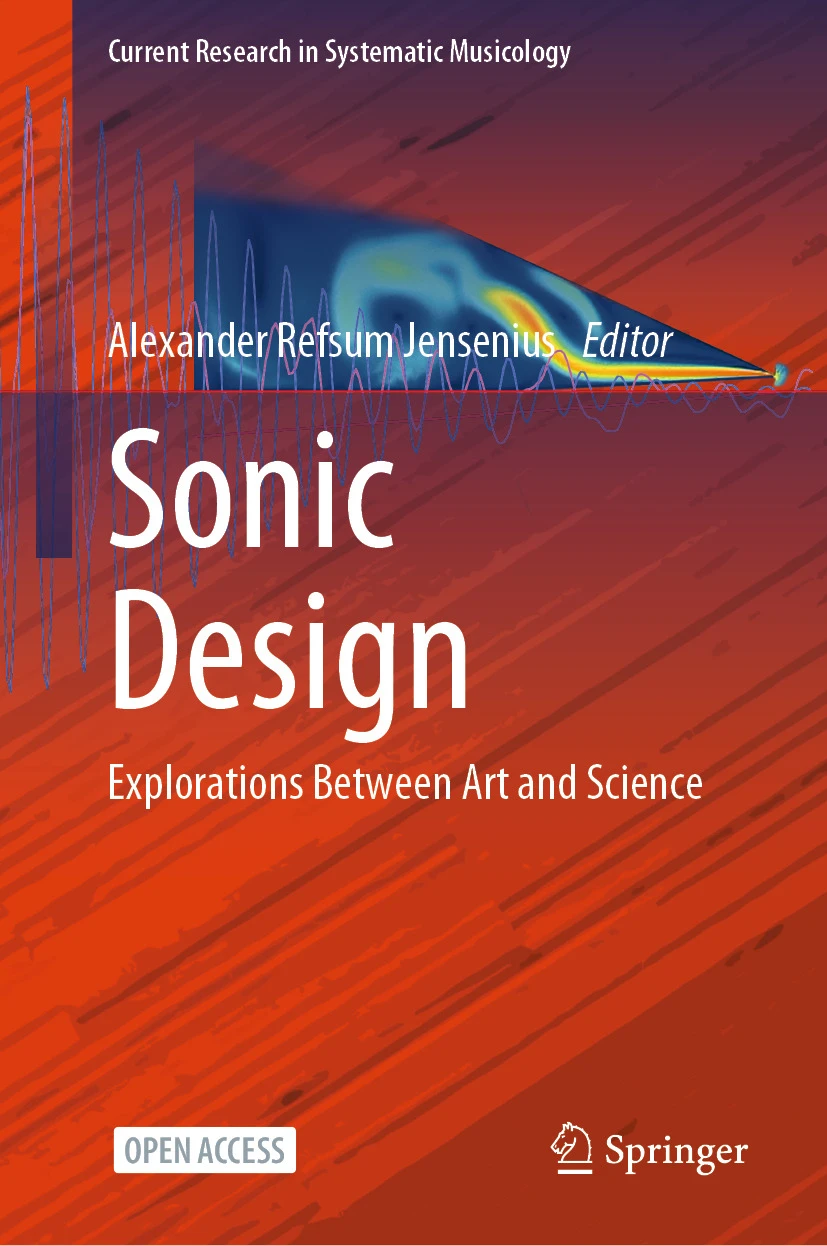
Aims
The anthology will provide an account of current sonic design trends and some historical, cognitive, technological, and artistic perspectives. Target groups include students, researchers, designers, and artists interested in sound and music research.
Contributions
All chapters will contain original research and undergo a peer review and editorial process. All contributors are expected to peer-review at least one other chapter in the volume. To create a book that holds well together, we hope you can consider how your contribution discusses sonic design and how it resonates with other people's chapters.
We will not have absolute word limits, but a suggested chapter length is around 5000-10,000 words.
Timeline
Express interest in this form (with updated abstract): 10 June 2022Editorial feedback on abstracts: 12 July 2022Submit complete draft manuscript: 24 September 2022Distribution to peer reviewers: 12 October 2022Peer review deadline: 12 December 2022Feedback to authors: 13 January 2023Submit revised manuscript: 1 March 2022Editorial feedback on manuscripts: 1 May 2023Submit final manuscript: 1 August 2023Production process: spring 2023Publication: spring 2024
Peer review
Each contribution will be reviewed by two peers with complementary expertise. In addition, the editor will review all contributions. The peer review process aims to ensure the academic quality of the contributions. The peer review will be performed single-blind; that is, the reviewers will know the authors' identity of the manuscripts they review. Reviewers may choose to remain anonymous or disclose their identity if they wish.
Author guidelines
When revising your manuscript, please keep these points in mind:
- The target group is master students, researchers, and practitioners who would be interested in the topic of sonic design. Please remember that this covers broadly, from the arts and humanities to engineering. Given such a multidisciplinary target group, it is important that you clearly explain and reference relevant theories and methods so that the manuscript is accessible to a broad audience.
- Although the topics cover both artistic and scientific perspectives, the anthology aims to increase our understanding of sonic design. It should be made clear how each contribution relates to the topic.
- There is no strict/word limit for chapters. The text should be as short as possible but as long as necessary. Please shorten/lengthen based on recommendations from the reviewers.
- There is no limit on the number of figures, but we should aim to use only greyscale images to keep the cost down.
- Springer does not require a specific template; the most important is to structure your document clearly and use styles to allow for later manuscript typesetting. However, they have templates available for MS Word and LaTeX if you prefer. Please check their author guidelines.
- The revised manuscript should be submitted as a source document (.DOCX, .ODT, .TEX, or similar) and figures as separate high-quality files (vector formats when possible, otherwise high-resolution JPEG or TIFF).
- We will set up an accompaniment page with media files, so keep that in mind if you want to share and reference some audio, video, or data in your chapter.